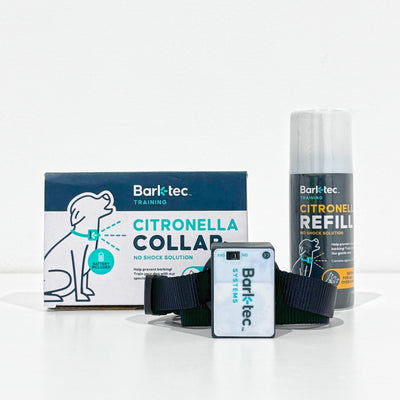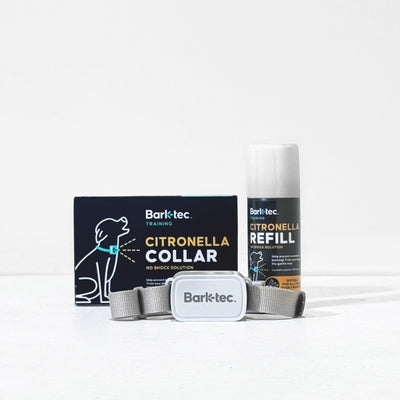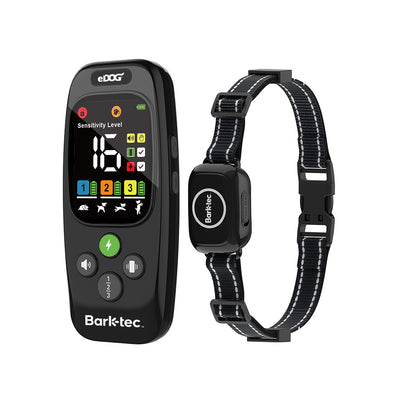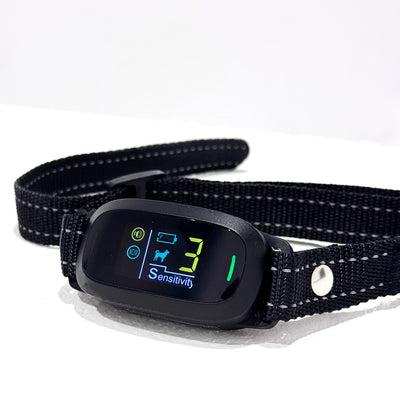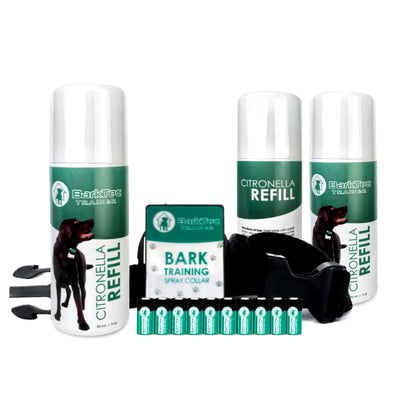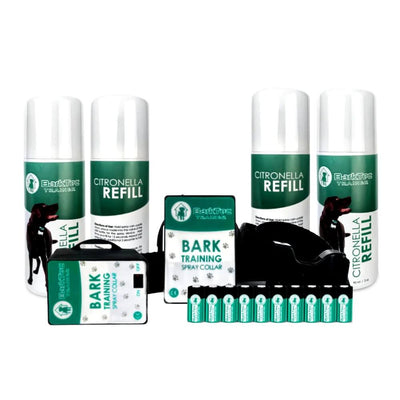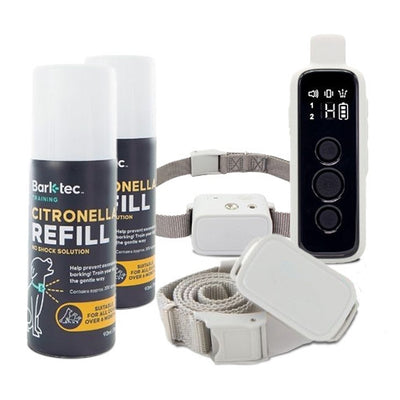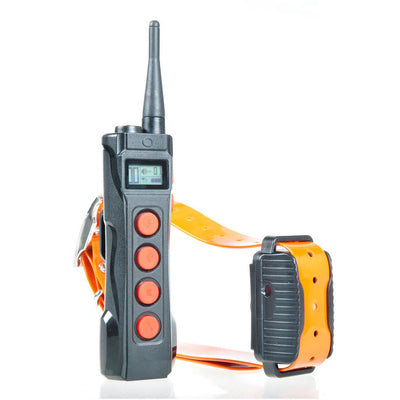Barking Collars
If your dog is a lovable but noisy nuisance who insists on barking despite your best efforts to keep them entertained while you’re, it might be time to start exploring barking collars.
eDog Australia offers the latest quality canine training technology to help you break bad bark behaviour and make your neighbourhood a quieter, happier place.
How do bark collars really work?
At the most basic design level, barking collars provide an instant distraction, or ‘shock’, to stop dogs from barking by diverting their attention elsewhere. Different anti barking dog collars achieve this in different ways and will have varying levels of success depending on the size and temperament of your dog.
eDog Australia sells three different categories of anti-bark collars: citronella barking collars, static shock collars, and vibration collars. Before you buy a no bark collar, we recommend talking to your vet about the most suitable type of collar for your dog.
Barking collars that utilise vibration as a deterrent are primarily used for old, extremely anxious, or deaf dogs. Their ‘shock’ (a vibration against the skin) is understated and often preceded by a loud beep. As we don’t offer any remote-free vibration collars, you’ll find them listed underneath training collars and training collar resources on our website.
A citronella dog collar is typically the first type of shock collar many owners try in order to train their dogs out of excessive barking. A good choice for dogs who dislike water or who have a sensitive temperament, citronella collars issue a sharp puff of citronella spray (a smell dogs notoriously dislike) at your dog’s jaw. Some also beep before they discharge.
For the particularly stubborn dog (or for large breeds), static shock collars can be highly effective. When barking is detected outside the parameters permitted by the sensor, they deliver a controlled static shock directly to the skin.
How to use a bark collar?
It’s important to remember that the success of barking collars comes down to the owner or trainer – not the dog. This includes ensuring that the type of anti barking collar device you choose is appropriate for your dog, fitted correctly, and used responsibly.
Before you put your new no bark collar on your dog, make sure that you’re familiar with the controls and that all settings are set to the lowest intensity. Each collar comes with a comprehensive set of instructions so you can know exactly what to expect and how to tailor it to your dog.
Modern barking collars are almost always waterproof (a good thing if your dog is prone to drooling or is a messy drinker!), and all feature adjustable sensitivity settings for what level of sound their auto-sensor will be activated and at what intensity the ‘shock’ will be delivered. Understanding the variations is crucial to ensuring the collar is set at an effective level for the size of your pup. To begin with, try holding the collar in your hand at the lowest level so that you’re aware of what the sensation feels like. You can then increase the intensity levels to experience how the collar feels under various settings.
Many pet barking collars allow you to track how many times the bark sensor was activated while you were out – this gives you a direct indication of how effective the collar is and whether you need to adjust the shock settings or fit of the collar.
Well-fitted bark collars sit high on the neck, with the collar oriented, so the two contact pins are aligned with the side of the dog’s throat. It’s important that the pins make direct contact with the skin for the collar to work properly. This may mean you need to trim the fur around the area if you’ve got a long or wiry-haired pup.
Making sure that you’re home for the full duration of the first time your pet wears their no bark collar is hugely important for their safety. This will allow you to monitor their physical and psychological reaction to the shock, assess how effective it is at the lowest settings, ensure no practical issues with the strap shifting and rendering the pins inert, and check their skin for sensitive reactions.
Remember: barking collars should never be left on for longer than 8 to 10 hours under any circumstances.
When combined with positive reinforcement training methods, including praise or treats, dog electric collars can be a highly effective way to curb excessive barking – sometimes in just a few wears of the collar. With auto-sensor and remote-operating control options, barking collars can also be a great way to train together – not just while you’re away from home.
Where can I buy a bark collar near me?
eDog Australia sells a range of training tools to enhance your relationship with your pet. From dog grooming kits to GPS dog tracking, invisible dog fences and training collars dogs to dog slow feeder bowls, we’ve got paw-some deals on everything you need to keep your pup pampered, happy, healthy, and well-behaved.
We stock only highly-regarded dog brands so you will always have peace of mind when using these products. We also offer free online training resources to support our products.
By subscribing to our weekly newsletter, you can stay up to date on all things eDog and receive exclusive deals on all sorts of doggie delights.
To start building a better relationship with your furry best friend through modern canine training technology, browse our range of products online today.
